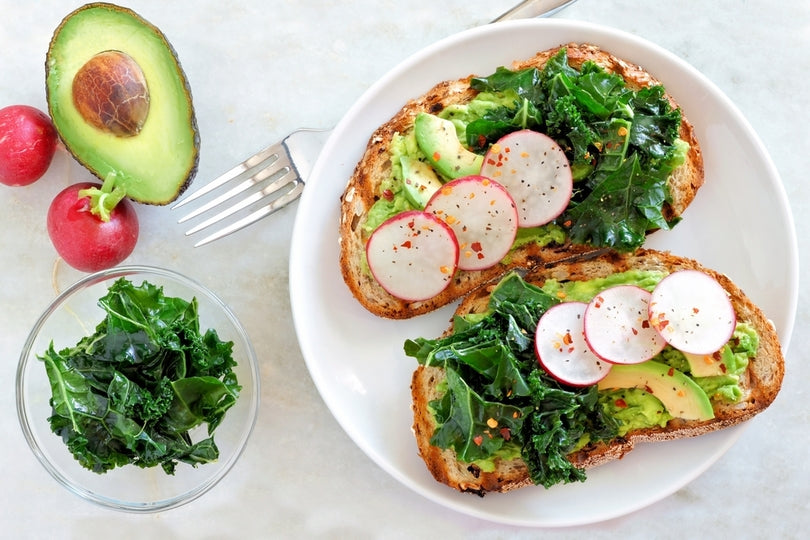Can I Achieve My Fitness Goals With Short Workouts?


High-intensity workouts are all the rage right now. With many new gyms opening up that specialise in HIIT workouts and shorter workouts, I’m sure many of us have asked the question “Do they really work?”. I have been a huge advocate of shorter workouts and HIIT training since I became a personal trainer and released my programs.
Can short, effective workouts help you reach your fitness goals?
If you're not familiar with this style of training, you might think that shorter workouts equals easier workouts, but that’s definitely not the case! They are a great way to minimise the time you spend working out, so I’ve put together some pros and cons of this workout style!
Pro: Easier to fit into your schedule
A common excuse for not being able to train is not having enough time to workout. While I believe that making time to workout should be a priority, I understand this can be difficult for a lot of women. If you are super busy with studying or you’re a busy mum, it might be out of the question to get to an hour-long group fitness class at 5am. Likewise, if you’re working all kinds of hours, trying to fit in a visit to the gym and make a healthy dinner at a reasonable hour can be difficult too.
Shorter workouts, like those I use in my programs, can be easier to fit into a busy schedule and you can complete them anywhere! Another great thing about shorter workouts is it makes it easier to train more often because you can fit it into your schedule more easily. When you think about how quickly a HIIT workout can be done, it opens up your options for fitting exercise in.
Con: Can be easier to overtrain and burn out
While shorter workouts can make it easier to train more, it can also increase your risk of overtraining, especially if you’re doing these workouts every day. When coupled with the stress of our busy day-to-day lives, our bodies can be under a lot of physical stress.
If you plan on doing only high-intensity workouts, it’s SO important you give your body time to rest and recover. Without enough recovery time, you may find yourself burning out quickly, which can actually hinder your fitness goals.
For example, you might schedule your high-intensity workouts for Monday, Wednesday and Friday. Then you might complete lower-intensity exercise (LISS) on Tuesday, Thursday and Saturday. That leaves you one full rest day each week (Sunday), which gives your body time to recover.
Pro: They can be more effective than regular workouts
The best thing about HIIT-style workouts is that they can encourage something known as Excessive Post-exercise Oxygen Consumption, also known as the ‘afterburn effect’. In the hours after a HIIT workout, your heart rate and breath rate can remain slightly higher in order to deliver more oxygen to your muscles. This is important to help encourage muscle recovery. Once the afterburn effect has started, fat can be the dominant source of energy, meaning that your body can continue to burn fat for up to several hours after you finish your workout. High-intensity workouts can help with fat loss, if that’s one of your fitness goals.
So, while the workouts are often harder and more intense, the positive effects can be still in place hours later!
Con: They are not always ideal for beginners
If you’re new to training or haven’t trained in a while, then your muscles may not be conditioned to deal with these high-intensity type workouts. That’s why I encourage beginners, or anyone who finds my workouts challenging at first, to spend time building up their fitness level through the pre-training weeks of my programs. HIIT training is awesome, but as I mentioned earlier, it can take a toll on your body. It’s important to make sure you’re progressing and able to complete the workouts correctly.
Using the incorrect technique can also increase your risk of injury. It’s best to start slow and learn the correct form first. Then you can gradually increase the intensity of your workouts as your fitness increases. I believe that doing 10 burpees with correct form is better than doing 30 incorrect ones, even if it takes a little longer!
While HIIT training and shorter workouts may seem like the answer to your prayers, remember that they’re not the ONLY solution. HIIT training, in combination with other styles of training, can help you to increase your strength and achieve your fitness goals. I believe incorporating other forms of exercise can be beneficial for you as well. You might want to add weight training, or add LISS to your workout routine too.
I love shorter workouts because they fit with my health and fitness goals, as well as my lifestyle. The important thing is to find an exercise program that works for you.
* Disclaimer: This blog post is not intended to replace the advice of a medical professional. The above information should not be used to diagnose, treat, or prevent any disease or medical condition. Please consult your doctor before making any changes to your diet, sleep methods, daily activity, or fitness routine. Sweat assumes no responsibility for any personal injury or damage sustained by any recommendations, opinions, or advice given in this article.




<#= c.user.username #><#= moment(c.created_at * 1000).fromNow() #>
<#= c.html_body #> <# if (c.images) { #>
<# } #>